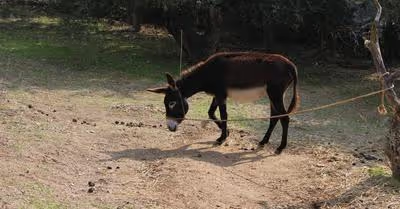Table of Contents
In the name of science
Within North America alone there are many different kinds of brown bears. Over the centuries they have interbred with others in their territory, but are not exclusive to one set species. Their class name is Ursus arctos, and at one time they were classified into nearly 58 species. And you thought the current online banter of how many genders are there’ was head-spinning, think again. There are officially only three in this classification.
Ursus arctos gyas – known as the: Coastal Brown Bear
The coastal brown bear is native to Alaska and mainly lives along the Peninsula. This species is closer to the Grizzly bear but has subtle differences between them. An adult male will weigh between 297-859 pounds (135-390kg). Females will weigh between 209-450 pounds (95-205kg). A coastal brown bear newborn cub can weigh 285-600g.
Ursus arctos horribilis- known as the: Interior Grizzly Bear
The interior grizzly bear is also native to Alaska but is not limited to the Canadian providences. These include Alberton, British Columbia, Yukon, and the Northwest territories. In the US they cover the following states: Washington, Wyoming, Montana, Idaho, and of course Alaska.
These are inland Grizzly bears moreover. Male bears at the end of their first year can weigh 150-200lbs. After that, they can grow from 330-1150lbs over the next 12 years. Females will not be as heavy, growing-up to reach a maximum of weight of 270-770lbs, within 8 years. Male bears tend to be 1.2-2.2 times heavier than female bears.
A newborn cub can weigh 1 pound at birth and grow to more than 20 pounds while being nursed. This is when a cub will be allowed to emerge from their mothers’ den.
Ursus arctos middendorfi- known as the: Kodiak Bear
Kodiak bears are the largest of the group and have often been compared to Polar bear weight and size overall. Adult males can reach 660 to 1320lbs, however, they have been known to reach between 1500-1656 pounds. The heavier Kodiak bears were recorded after higher food sources allowed them to gorge. Females can be 30% lighter than males and weigh anywhere from 399-701 pounds. Kodiak bear cubs are born weighing 1 pound (450gm) and will emerge from their den when they reach 15-20 pounds.
Born to be wild?
Not all brown bears’ weight will be the same since there is plenty that has been born in captivity. This will mean that they are given more opportunity to eat as much as they want. There are record cases where some brown bear varieties can reach an incredible mass. So who says the good life is all about living in the wild?
Clyde: the Kodiak bear
The largest ever-known Kodiak bear in captivity was living in the Dakota Zoo located in Bismarck, North Dakota. He reached 2130lbs at the time he died in June of 1987. The previous year it’s estimated he weighed up to 2400 pounds based on photo evidence.
Chester: the coastal brown bear
Another large specimen that was popular in the San Diego Zoo from the 1970-1980s grew to be 15 years before he died in captivity. He reached 800 pounds before his death in 1985 due to twisted intestines (volvulus syndrome).
Goliath: The grizzly bear
A sad reminder that even in captivity, the excessive nature of over-feeding would be his doom. Goliath lived in a small enclosure at an attraction called Space Farms in Sussex, New Jersey. From 1967-1991 this captive Alaskan Grizzly bear grew to an incredible 2100 pounds before his death.
Other attributes to weigh-in
While it is not uncommon that in the wild the weight will also depend on the pecking order. In nature, the stronger of the sexes is the dominant male. They will always have first dibs at any food source followed by the female and then cubs. It is not determined that food supply is rare but since brown bears will forage, their task is to gather food at all times. Other elements will determine brown bear weight is due to the region or season.
Salmon and fish spawning
Brown bears will fill their bellies with several spawning fish at lakes or rivers in high season. They will need these high-fat foods to survive long hibernation in the winter. When there is plenty, they will feed until they are stuffed. Males and females can bulk-up in a very short time by several hundreds of pounds.
Nuts, greens, roots, and bugs
When food sources are not so common, bears will search out squirrel nests and raid their collected cache. The same will apply to bee nests where honey can add the calories they need. Anything else is on the table including roots, green plants and all sorts of insects that are high in protein.
Recent Articles
















